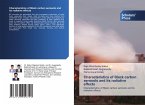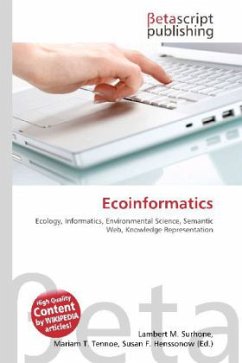High Quality Content by WIKIPEDIA articles! In climate science, radiative forcing is loosely defined as the change in net irradiance at the atmospheric boundary between the troposphere and the stratosphere (the tropopause). Net irradiance is the difference between the incoming radiation energy and the outgoing radiation energy in a given climate system and is measured in Watts per square meter. The change is computed based on "unperturbed" values, defined by the Intergovernmental Panel on Climate Change (IPCC) as the measured difference relative to a base period. For radiative forcings for the industrial era, it is customary to take the year 1750 as the starting point. A positive forcing (more incoming energy) tends to warm the system, while a negative forcing (more outgoing energy) tends to cool it. Possible sources of radiative forcing are changes in insolation (incident solar radiation), or the effects of variations in the amount of radiatively active gases and aerosols present. Because the IPCC regularly assesses the radiative forcing, it also has a more specific technical definition - see "IPCC usage" section.







